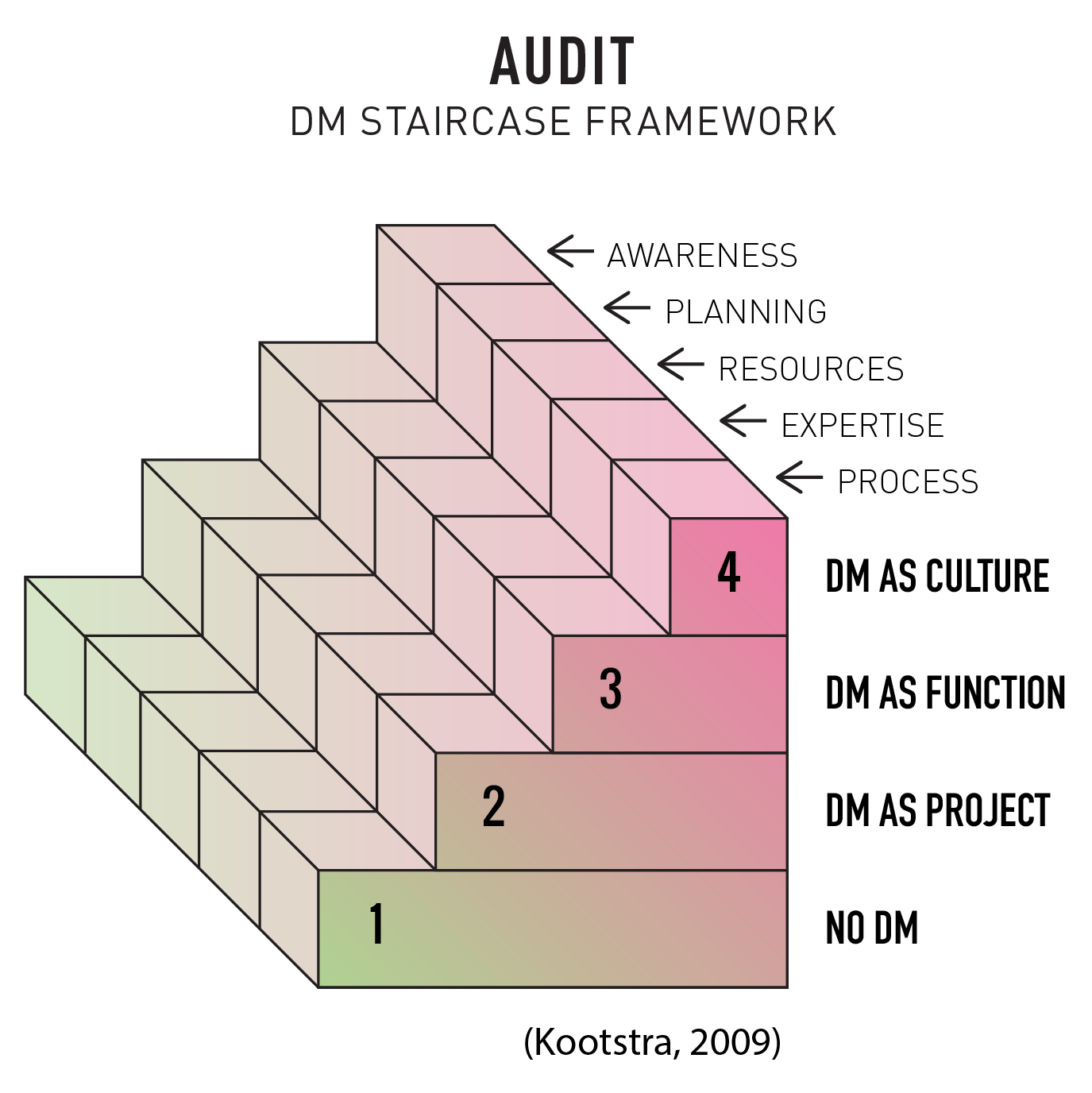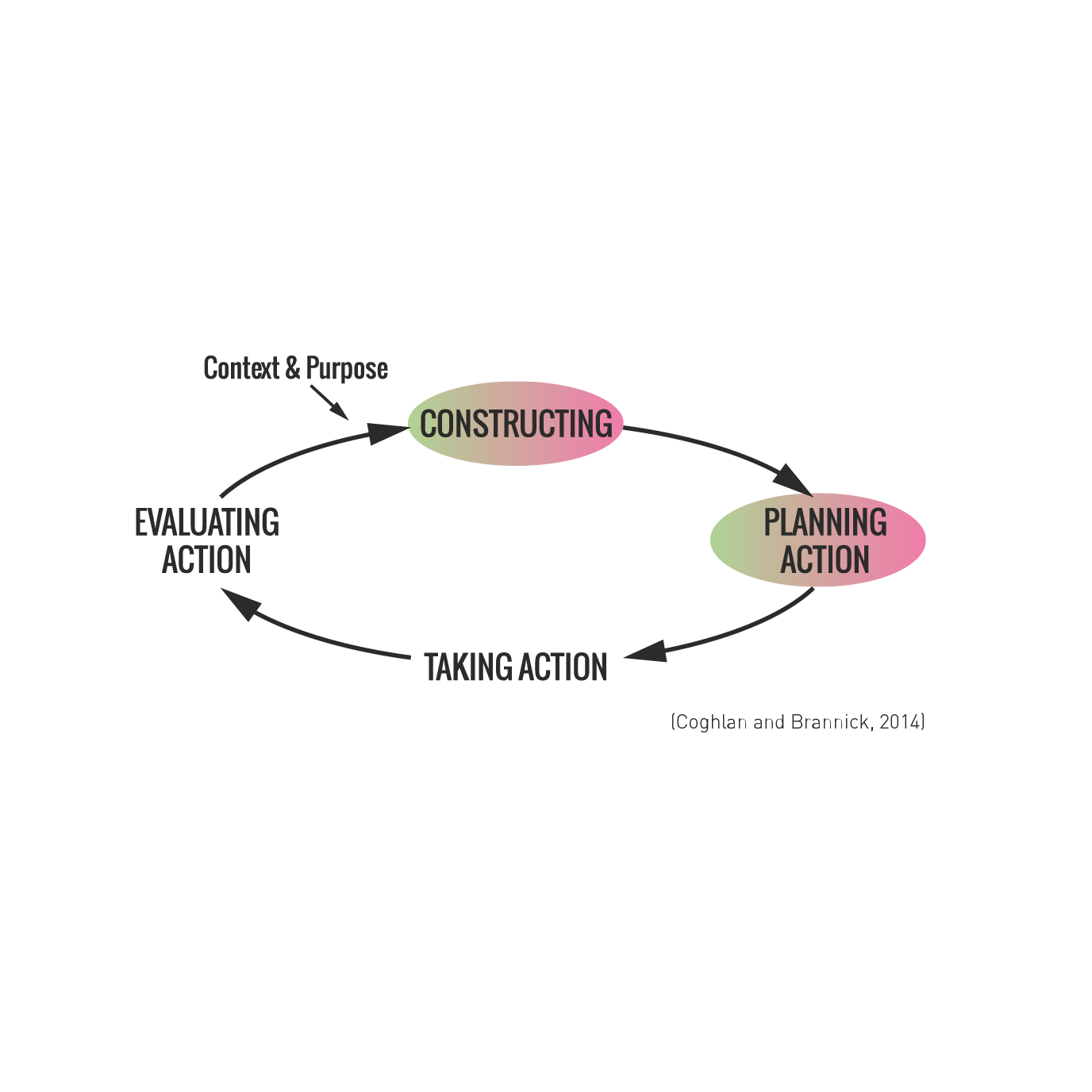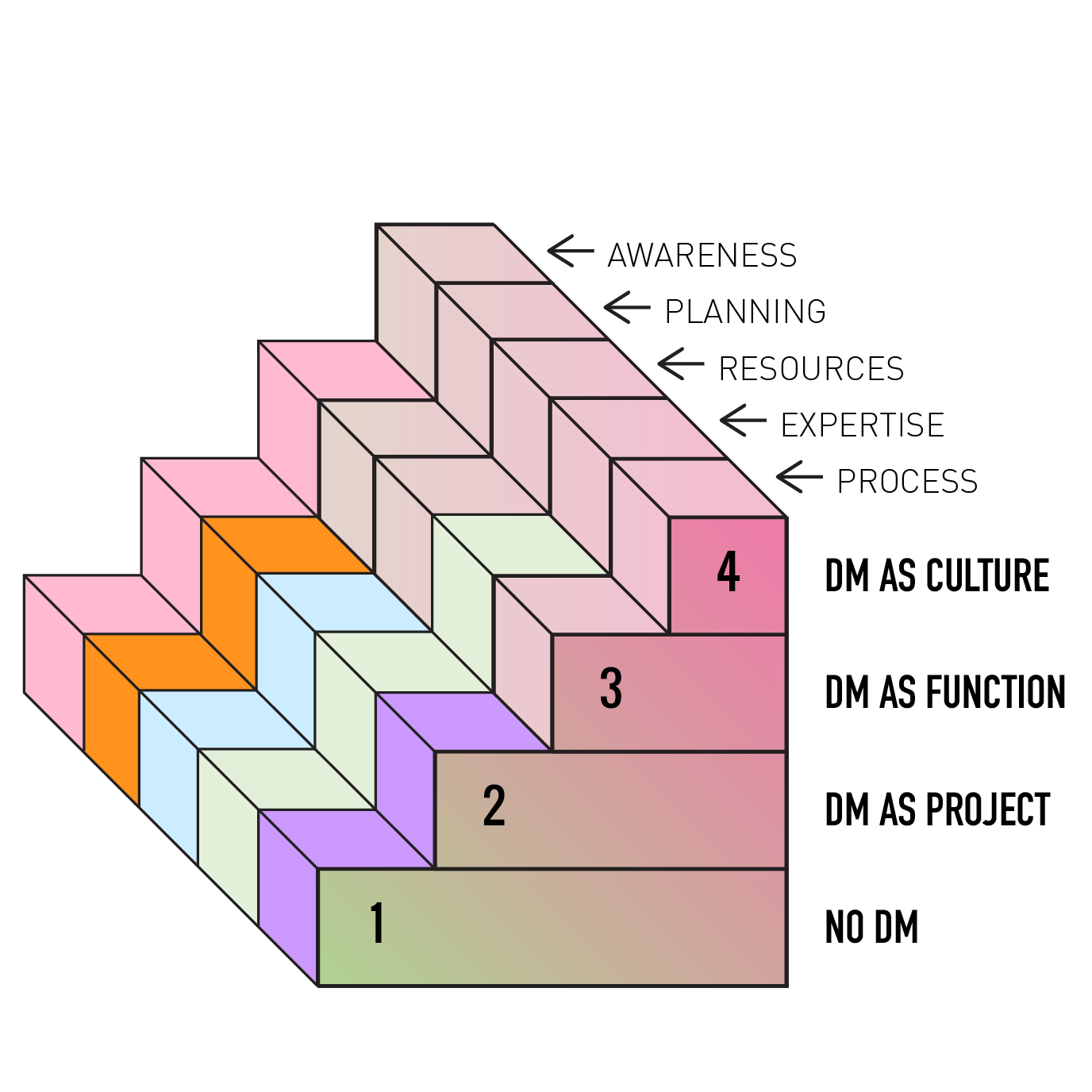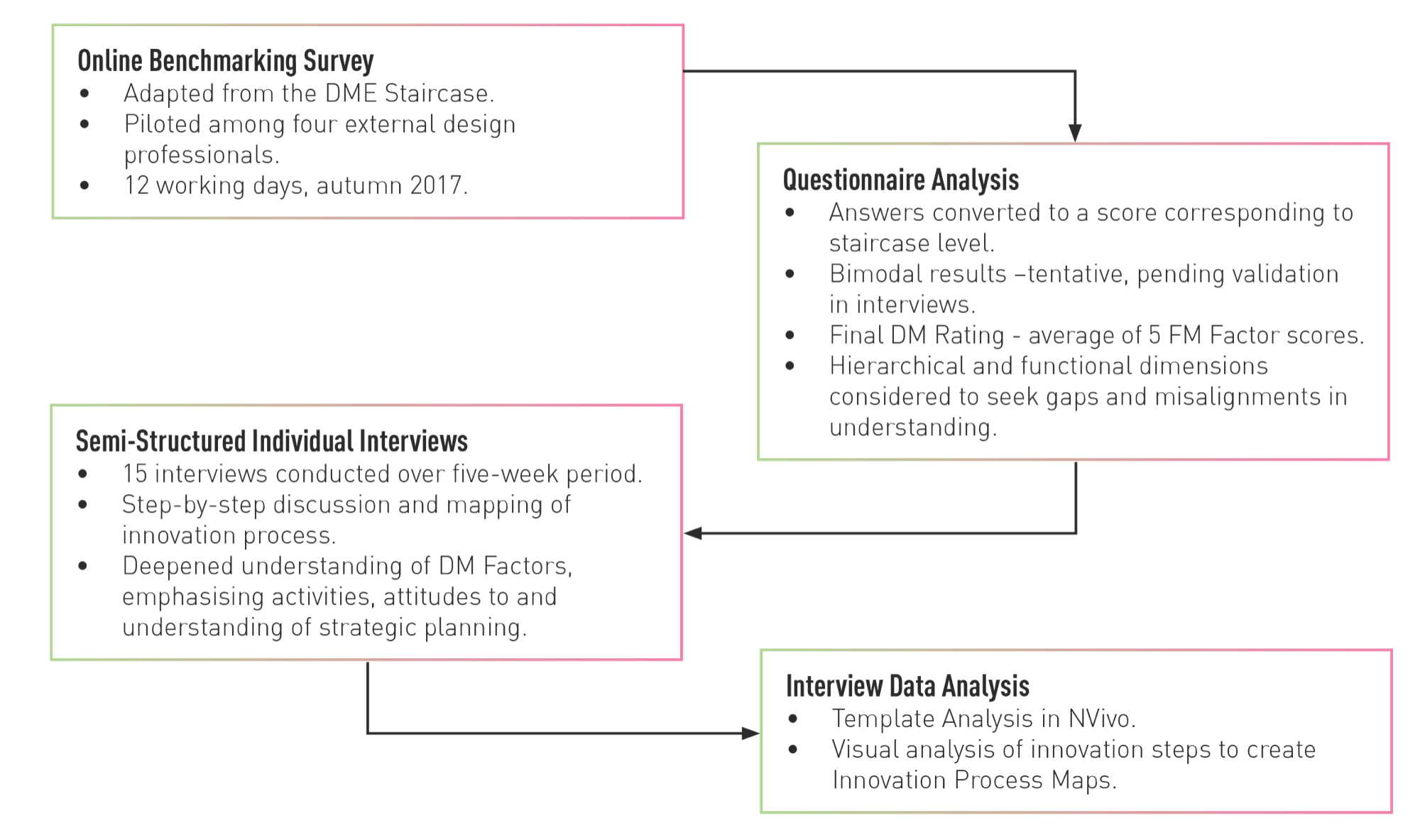Design and Innovation Capability Audit
My research to date has focused on two key themes:
- Design-led innovation as a source of Sustainable Competitive Advantage.
- Design as a Catalyst for Change towards strategically embedded design in SMEs .
Case Study Overview
Subjet of Research
- Small UK-based SME
- 4th generation of management
- Family-owned
- Manufacturer
Aims & Objectives
Motivation
- To inform the case organisation’s transformation towards strategically embedded design.
Aim
- To understand how design can inform strategic organisational growth, particularly within nexus of small family firms.
- To provide an insight into the state of design use through an insider researcher case study analysis of innovation practices of a UK-based family-owned SME.
Objectives
- To benchmark the case organisation’s Design and Innovation Capability.
- To understand the organisation’s idiosyncratic characteristics as a source of competitive advantage.
- Clarity on nature of design application and attitudes to design in case organisation.
Research Question 1
Describe the case company’s design-driven innovation process.
Research Question 2
Evaluate its design capability to identify determinants of its current position.
Research Question 3
Develop feasible recommendations for advancement of the case study company’s design and innovation capability, focusing on formulation of flexible and responsive design strategy.
Methodology
Evaluative Framework - Design Management Europe Staircase
The DME Staircase has 4 levels of Design Capability, ranging from – no use of design (unconscious or highly ad hoc) to Design as Culture. Level 4 companies have design-driven differentiation strategy focused on achieving market leadership, broad ‘cultural’ design awareness among all and very close cross functional collaboration.
In this tool, company’s capability influenced by 5 factors which are: Awareness, Process, Planning, Expertise and Resources. The audit’s results are explained using the 5 factors.

Approach
- Case Study
- Insider Researcher
- Action Research

Sample
Purposive heterogeneous non-probability sampling method was adopted to seek diverse perspectives form different organisational hierarchy levels and access varied degrees of engagement in innovation process.
The research was structured to progress up the organisational hierarchy enabling comprehensive capture and verification of emerging themes.
Results
Design Management as Project - Level 2
Planning, Resources and Process identified as the weakest.

Data Collection & Analyses
Mixed method approach.
A number of visualisation methods were utilised in data colleciton, analysis and results presentation. These inculded:
- Analysis Theme mind maps highlighting relationships
- Detailed process maps highlighting stregnths, areas for action and open innovation sources.

Implications
Key recommendation of the study centred on transformation towards Organisational Ambidexterity with 4 areas of action and a transformation path identified.
Impact to date
The research is pending publications in academic journals and has been presented at international conferences.
More importantly, it has brought a number of practical benefits to the case organisation.
ISO 9001:2015
The study informed development of ISO Design procedures. The processes combined Stage Gate (rigour) & Double Diamond (opportunity identification and greater problem exploration). Methodologies of agile startup and design thinking were incorporated with emphasis on upfront validation of ideas.
Design Tools Library
Research design, user and market research techniques.
Incorporated methodologies of agile startup and design thinking with emphasis on upfront
Front-end user research
Signficantly greater resources allocated to in-depth user research on projects with successful results.
Embedding Design Culture
Number of presentations to company to demonstrate design and innovation activities.
Greater attention on inclusivity and coordination.
